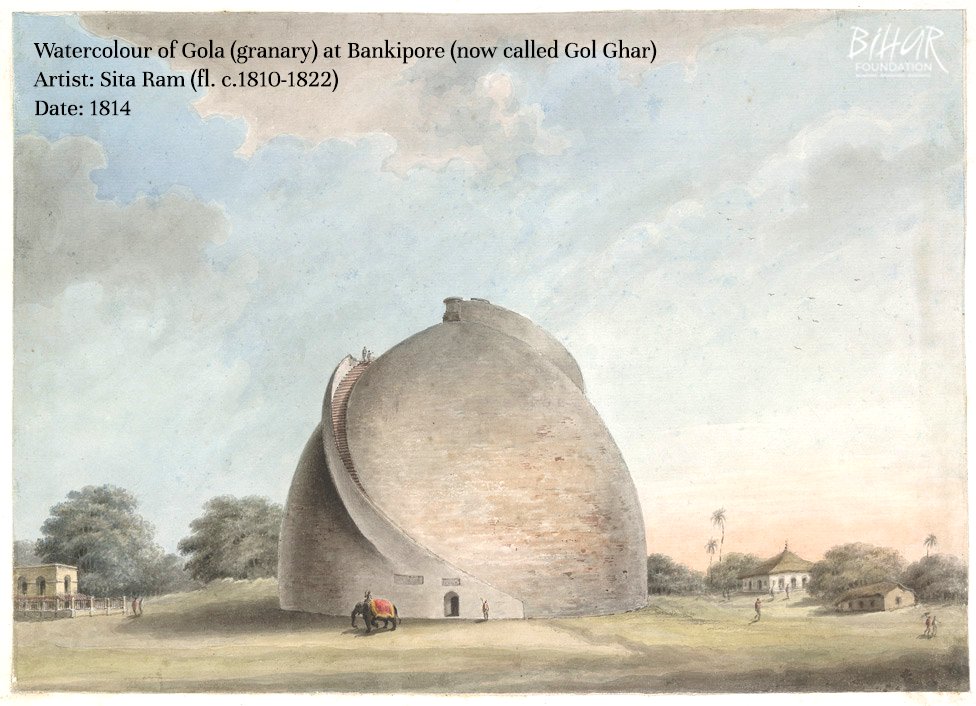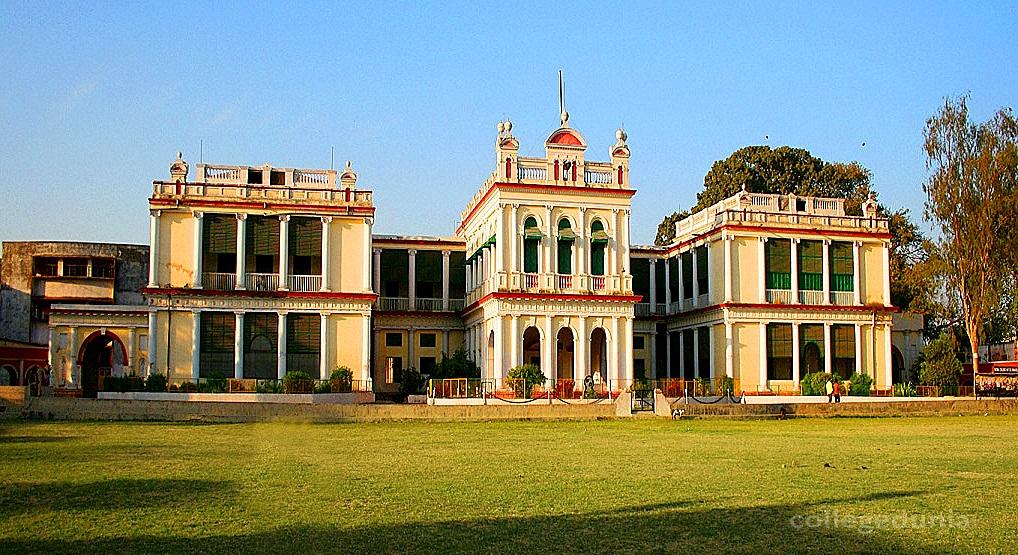
The formal separation of Bihar from Bengal in April 1912 was a momentous event in the lives of the people of the state. The process had started on December 12, 1911 when King George V, at the Delhi Durbar, revealed the "top secret" decision regarding the separation of Bihar. 

Before 1912, #Bihar, as a part of Greater Bengal, was ruled by a Lt Gov and his secretariat at Calcutta, which was also the seat of the provincial govt of Greater Bengal. For practical purposes, Bihar was ruled and managed by 3 divisional commissioners & district collectors. 2/n
Prior to 1912, Bihar had no state capital of its own. The administrative headquarters used to be at Bankipore, a suburb of Patna, which was inhabited by the British and Europeans starting the mid-18th century. 

The then Viceroy Lord Hardinge made the final formal proclamation regarding the creation of the province of Bihar and Orissa with its boundaries, through the Government of India Act, 1912.
The proclamation was made on March 22, 1912.
#BiharDivas #BiharFoundtionDay #बिहार_दिवस
The proclamation was made on March 22, 1912.
#BiharDivas #BiharFoundtionDay #बिहार_दिवस

@NitishKumar @PIB_Patna @bihar_tales @namaskaromi @ArtCultureYouth @fableindia First Lieutenant-Governor of Bihar & Orissa Charles Stuart Bayley took charge on April 1, 1912 (until November 19, 1915). He chose the residence of the commissioner at Chhajjubag in Patna, earlier purchased from Darbhanga Raj. 

@NitishKumar @PIB_Patna @bihar_tales @namaskaromi @ArtCultureYouth @fableindia Bayley called for holding of Bankipore Durbar on November 21, 1912 to set the new structure of governance. Representatives of five official bodies and social associations, recalling the ancient history of Patna, wanted the new capital to reflect the ancient glory.
@NitishKumar @PIB_Patna @bihar_tales @namaskaromi @ArtCultureYouth @fableindia The bodies they represented were: District Board of Patna, Municipality of Patna, Kshatriya Prantik Sabha, Bihar Landholders’ Association, Provincial Muslim League, Pradhan Bhumihar Sabha, and Bengalee Settlers' Association.
Addressing them Bayley said:
Addressing them Bayley said:

@NitishKumar @PIB_Patna @bihar_tales @namaskaromi @ArtCultureYouth @fableindia The site selected for New Capital Area of #Patna comprised of what today is Patna Zoo, Patna Golf Club, and the area enclosed by Bayley Road, Gardiner Road & Hardinge Road up to Patna airport. Govt
quarters for the secretariat and other staff were to be located at Gardanibagh.
quarters for the secretariat and other staff were to be located at Gardanibagh.
@NitishKumar @PIB_Patna @bihar_tales @namaskaromi @ArtCultureYouth @fableindia Towards the end of 1913, Hardinge laid the foundation stone for the construction of Govt House (Raj Bhavan), present day Old Secretariat and Patna High Court. He inaugurated them on Feb 3, 1916.
Major roads – Bayley, Hardinge, Serpentine and Gardiner – were also constructed.

Major roads – Bayley, Hardinge, Serpentine and Gardiner – were also constructed.


@NitishKumar @PIB_Patna @bihar_tales @namaskaromi @ArtCultureYouth @fableindia The jurisdiction of Calcutta High Court over Bihar ceased after the Patna High Court started functioning from March 1, 1916.
Patna University came into existence on October 1, 1917. At that time, the jurisdiction of the university extended to Bihar, Odisha, and Nepal.
Patna University came into existence on October 1, 1917. At that time, the jurisdiction of the university extended to Bihar, Odisha, and Nepal.

• • •
Missing some Tweet in this thread? You can try to
force a refresh







